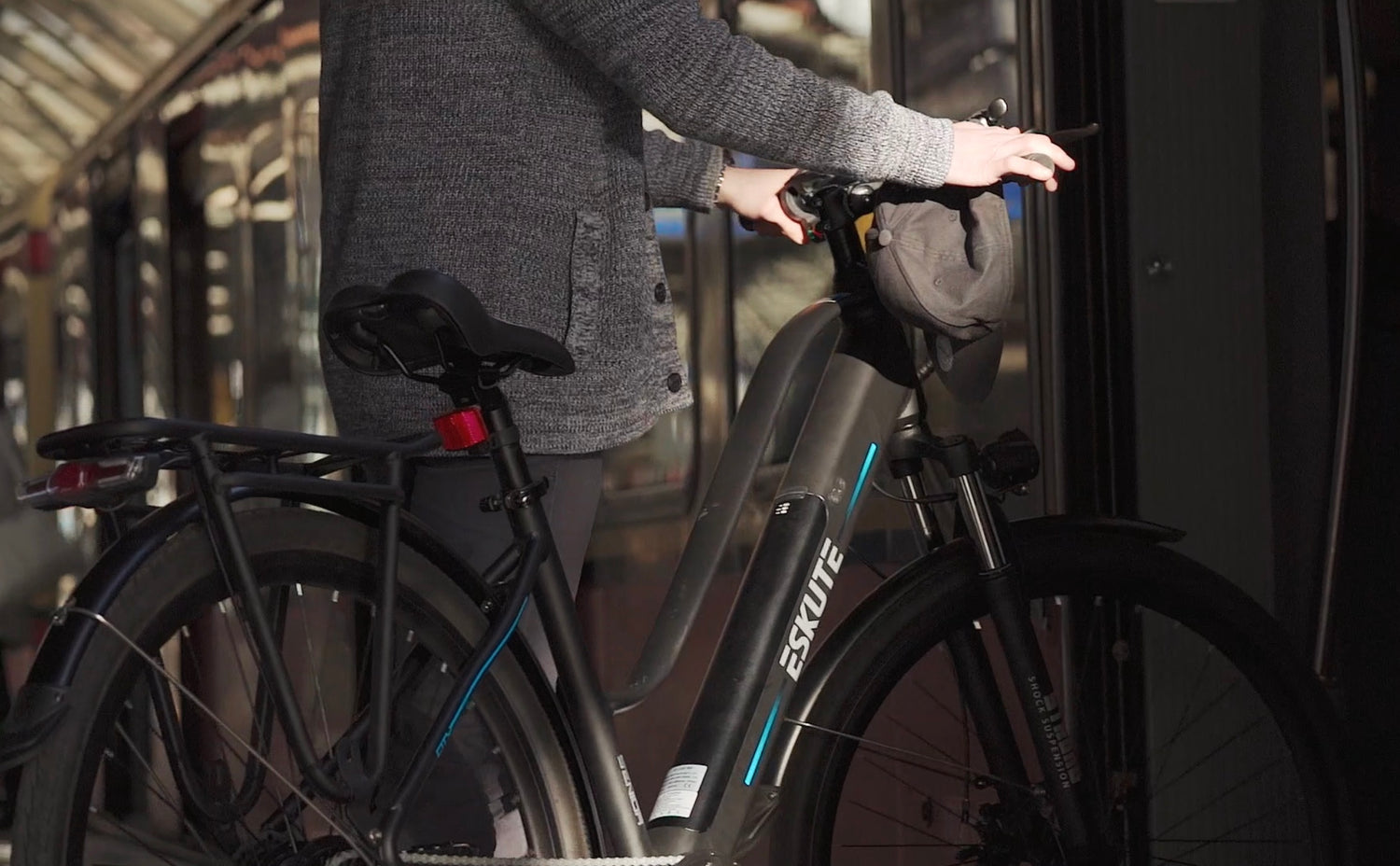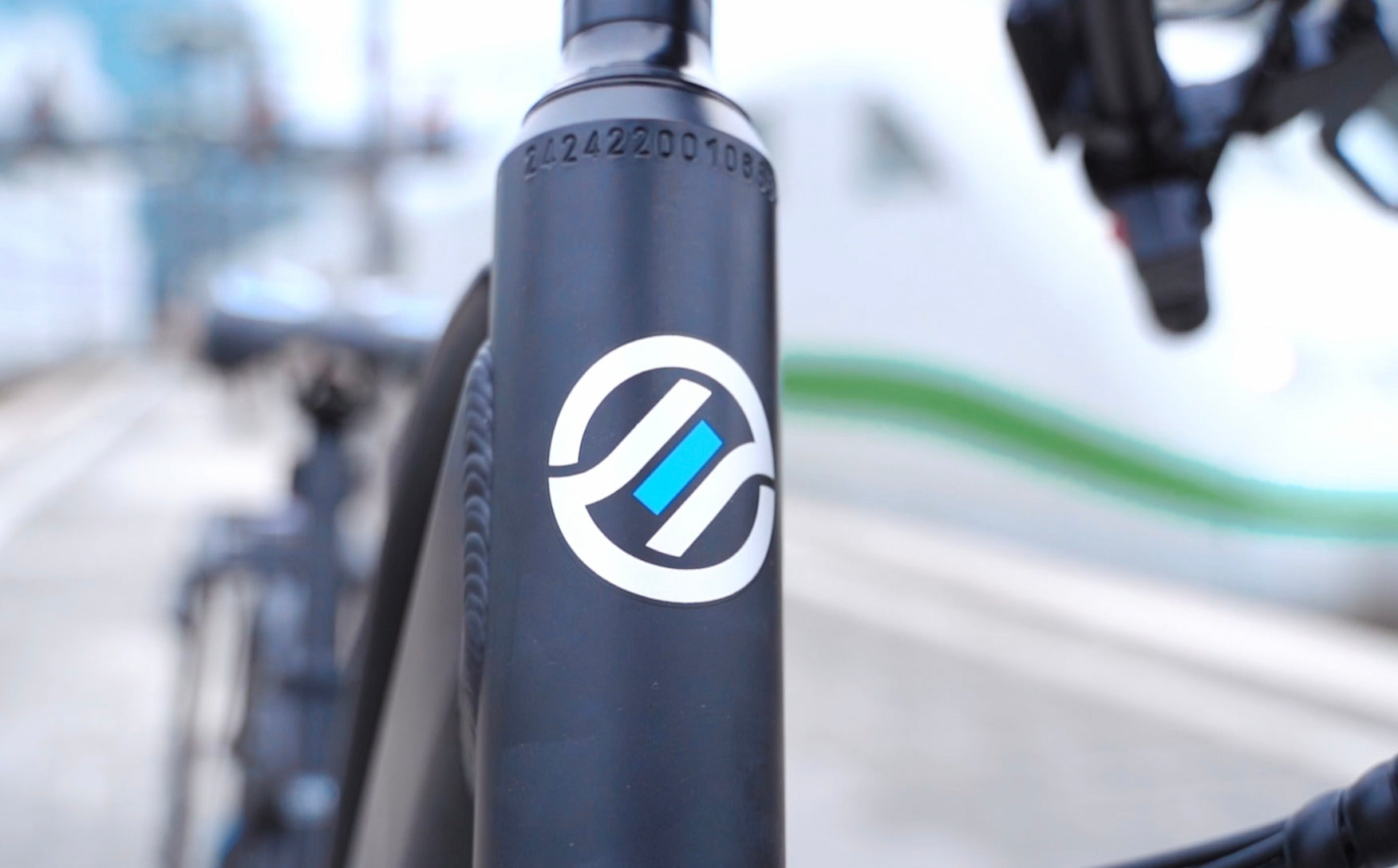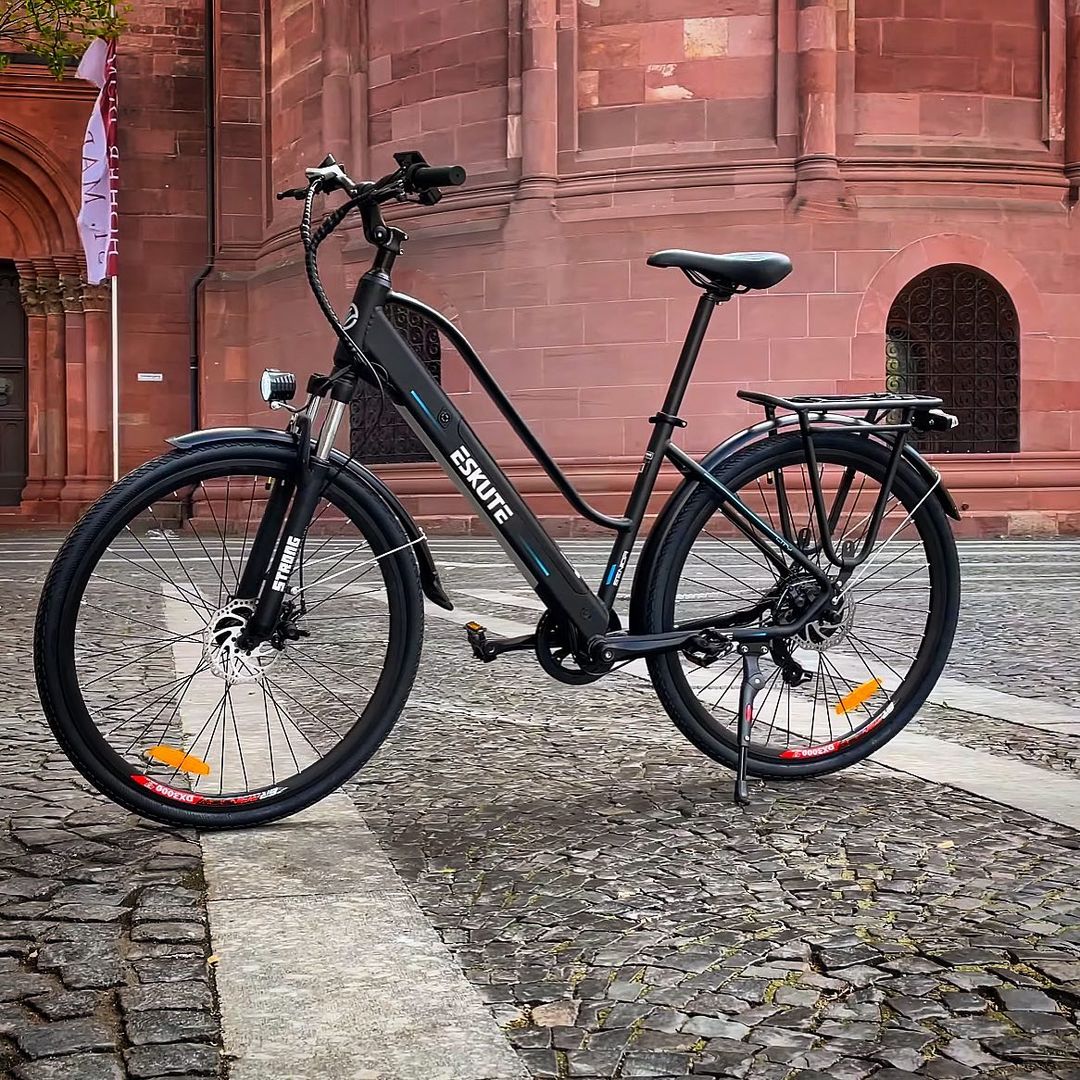Navigation
After understanding what makes electric bikes unique and why people worldwide are continually switching to them as their vehicle of choice. It's time to focus on the bikes themselves - how they work, are manufactured, designed, and what they're proficient in.
This segment will paint some of the specific details that separate each electric bike from another. Eventually, mentioning one that bites your gears.
Electric Bike Classifications
There exist three broad ranges of electric bikes. Lawgivers created these ranges to aid in figuring out how to classify the burgeoning influx of electric bikes—providing a way to organize electric bikes according to determinants such as speed and power. The three general classes of electric bikes are:
Class 1: Pedal Assist - Commonly known as "Pedelecs," are equipped with electric motors that work only when pedaled. These pedals are fitted with electric motors that sense any action imposed. In the EU, pedelecs are limited to 25km/h (15mph) and cannot use motors exceeding 250watts.
Most pedal-assist e-bikes allow riders to select the degree of power provided by the motor, enabling them to tailor the bike's performance to their specifics, including terrain. A cyclist may modify her level of motor support, for example, going from low to high, as her commute to the store carries her initially across flat ground, then up a hill.
Pedelecs are reasonable, adaptable electric bikes excellent for all-around use. They are a perfect option for those seeking the freedom and experience of a bicycle with a relatively high degree of electrical assistance every ride.
Class 2: Power-on-Demand - The critical difference between power-on-demand electric bikes and pedal-assist electric bikes is that these bikes allow cyclists to activate and control the motor, regardless of whether they're pedaling. Most power-on-demand bikes give riders complete control of the motor by using a throttle, button, or trigger located on the handlebars; some models may also include a pedal activator. As with pedelecs, power on demand bikes are limited to 250 watts and 25km/h (15mph).
Power-on-demand bikes serve to propose an extensive range of riding choices since cyclists can choose when and how much the motor provides. Cyclists using this variety of cycles can go everywhere from fully human-powered pedaling to complete motor-powered riding, with options in the middle. Power-on-demand bikes generally give cyclists more handle over their traveling experience than any other type of electric bike.
Flawlessly balancing the worlds of traditional bicycles and motorized vehicles, power-on-demand bikes are the perfect option for those who want the best of both worlds. Often the choice for individuals looking for a way to ease into cycling or who are interested in managing and gradually increasing or decreasing their level of physical exercise while riding. Power-on-demand bikes are also great for the general public, making it permissible to go on a physically exhausting bike ride one day and then a fast and straightforward commute the following, all on a single-vehicle.
Class 3: Speed Pedelecs - Seldom called "S-pedelecs" are similar to normal pedelecs in terms of their essential operation. The distinct advantage is the possible combination of human-achieved power with the electrically-inclined edge.
Speed pedelecs are the most desirable option for cyclists engrossed in reaching higher speeds than those typically created by most electric bikes. However, it's imperative to counter-check with specific laws of your country before purchasing one. Certain countries might impose regulations on faster-traveling electric bikes, which in cases require particular documents for clearance. In some places, s-pedelecs are prohibited from bike lanes and paths, while regular pedelecs and power on demand bikes are not.
When venturing to decide which type of electric bike is right for you, it's essential to think about your specific cycling experience. Are you looking for a low-impact way to get back into shape? Will your bike be used fundamentally for recreation or everyday functional needs such as errands and moving to and from work? Do you want the benefit of a physically challenging bike ride, or are you particularly searching for an affordable, easy-to-use, engine-powered method of transport? Will you be spending a lot of time cycling uphill and down? Will you constantly be confronting headwinds or other obstructions?
The answers to these subjects, along with your perception of the basic types of electric bikes currently being developed, will help point you in the right direction as you begin searching for the perfect electric bike.










1 comment
Robin Cropper
If I am interested buy mountain bike how long waiting delivery from my home in Barnsley south Yorkshire
Leave a comment
This site is protected by hCaptcha and the hCaptcha Privacy Policy and Terms of Service apply.